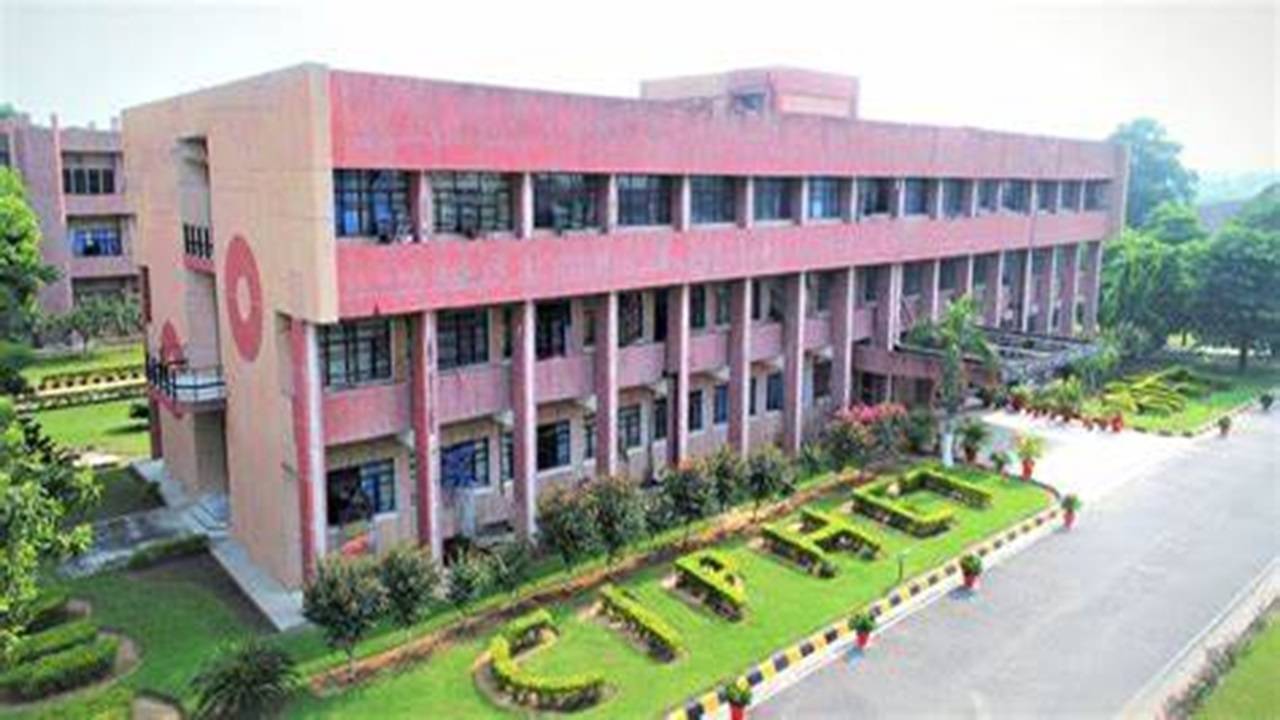
Scientists at the Central Institute of Post Harvest Engineering and Technology (CIPHET) under the Indian Council of Agriculture Research (ICAR) in Ludhiana, Punjab, have achieved a significant breakthrough in addressing the issue of stubble burning in Haryana and Punjab.
They have created a novel material known as 'bio-thermocol' using paddy and wheat stubble. This innovation not only transforms agricultural waste into a valuable resource but also offers a sustainable alternative to traditional thermocol, which is harmful to the environment.
Dr Ramesh Chand Kasana, the principal scientist at CIPHET, shared that they have patented the technique and entered into a memorandum of understanding (MOU) with a local industrial unit to commence commercial production of bio-thermocol.
How is this Eco-friendly Bio-thermocol Produced?
The process begins by chopping the stubble into small pieces, each measuring up to a centimeter. Subsequently, the chopped stubble is sterilized in a laboratory setting. An essential ingredient in this innovatiNve approach is a substrate called spawn, which produces mycelium—a fungal network. Mycelium serves as both an adhesive to bind the processed stubble and imparts a white colour to the resulting paste. This paste can be molded into various shapes and sizes. The entire production cycle takes about 20 days.
Dr Kasana highlighted the remarkable properties of bio-thermocol, stating that it is biodegradable and poses no harm to the environment. In addition, it is as lightweight as traditional thermocol and can be used for packaging applications.
Beyond packaging, the scientists at CIPHET believe that bio-thermocol has broader potential. It can serve as an alternative for roof ceilings and even find uses in insulation and plastering for concrete pillars.
However, it is essential to note that these applications are still in their initial stages of experimentation.
This groundbreaking development not only offers a solution to the environmental issue of stubble burning but also presents a promising income-generating opportunity for farmers. By selling their stubble to industries, farmers can boost their earnings. CIPHET has already signed MOUs with local industrial units to facilitate this.
Dr Renu Bala of CIPHET emphasized that these partnerships will enable farmers to avoid consigning their agricultural waste to the flames.
The initiative at CIPHET also extends beyond bio-thermocol. The institute has introduced an organic jaggery-making technique, which has been adopted by a farmer who exports the organic jaggery to Canada.
To put the scale of the stubble issue into perspective, Punjab's farmers cultivate paddy over an area of 7.5 million acres, generating 22 million tons of stubble annually. Regrettably, a substantial portion of this stubble, 10 million tons, is burned each year, causing severe environmental harm.
In an attempt to tackle this issue, both Punjab and Haryana have implemented in-situ and ex-situ management strategies to reduce the incidence of farm fires. Punjab claimed a 55% reduction in farm fire cases, and the Ministry of Environment, Forest and Climate confirmed a 54% decrease in fire incidents compared to the previous year.
However, satellite images from NASA seem to contradict these claims, revealing a significant discrepancy in reported stubble burning cases in Punjab.
The development of bio-thermocol and the efforts to utilize agricultural waste for productive purposes represent a significant step towards addressing the environmental challenges caused by stubble burning in the region. The collaboration between scientific research and industry, as well as the support of farmers, is crucial to making these innovative solutions a practical and scalable reality.
















